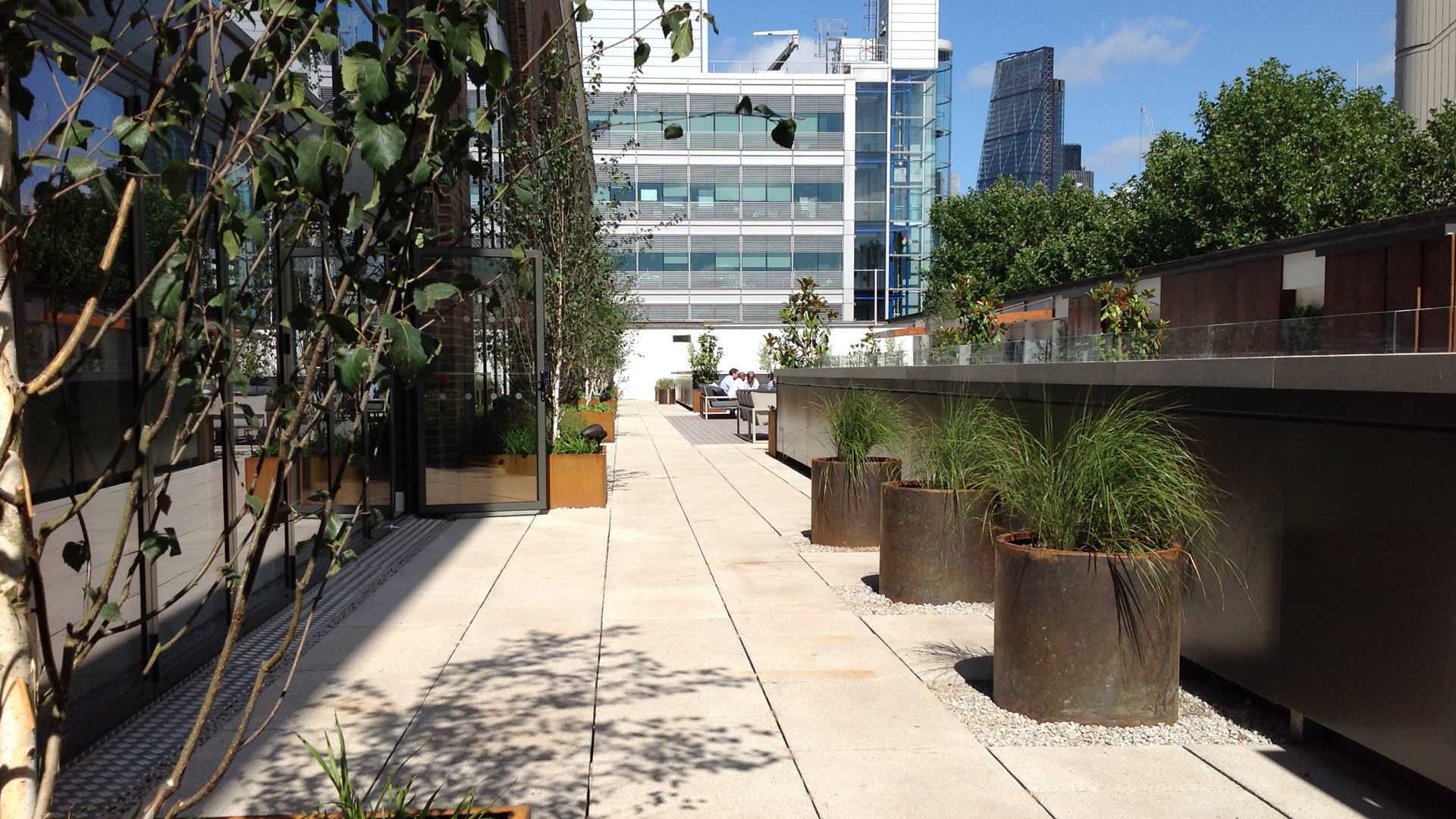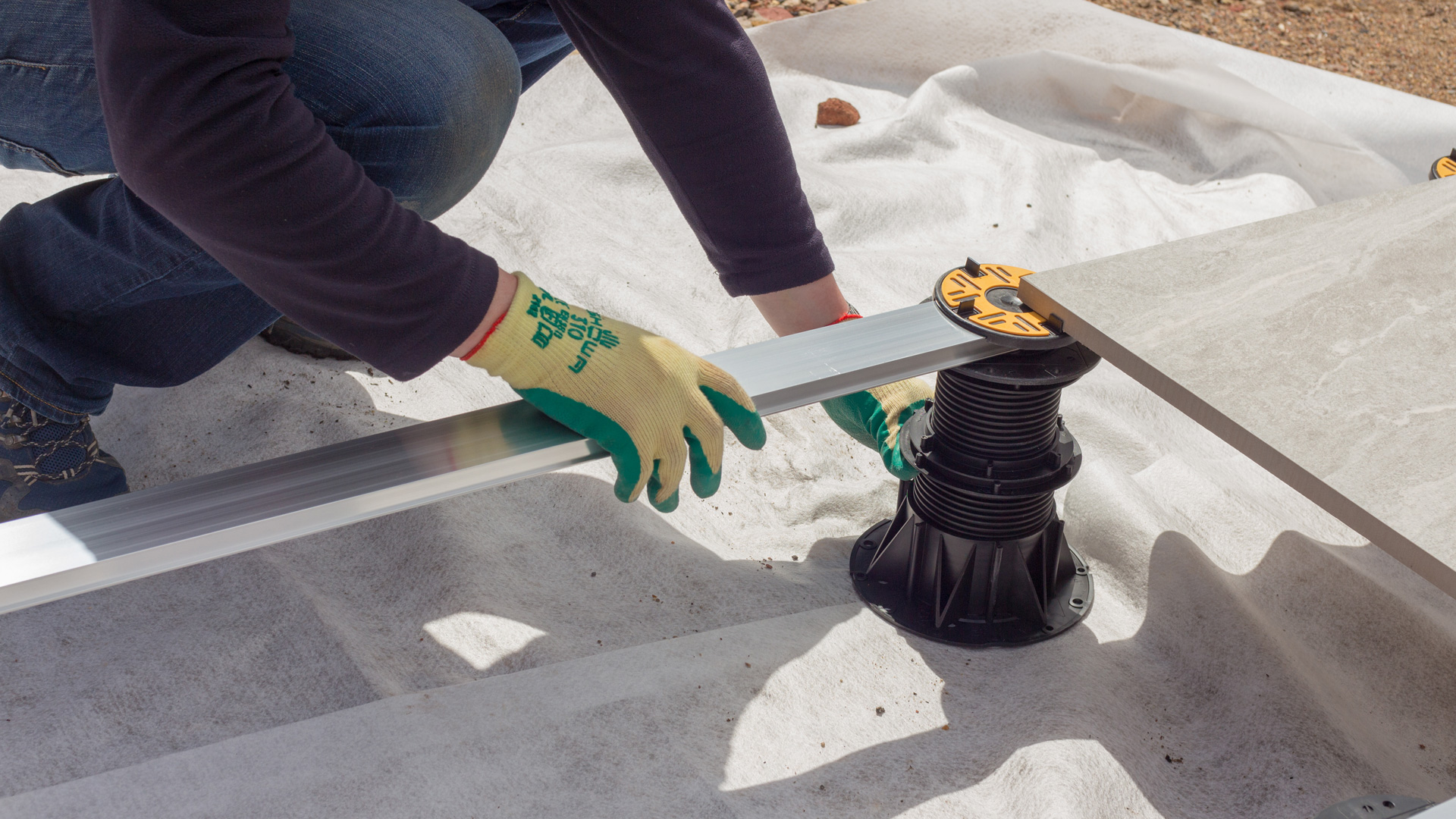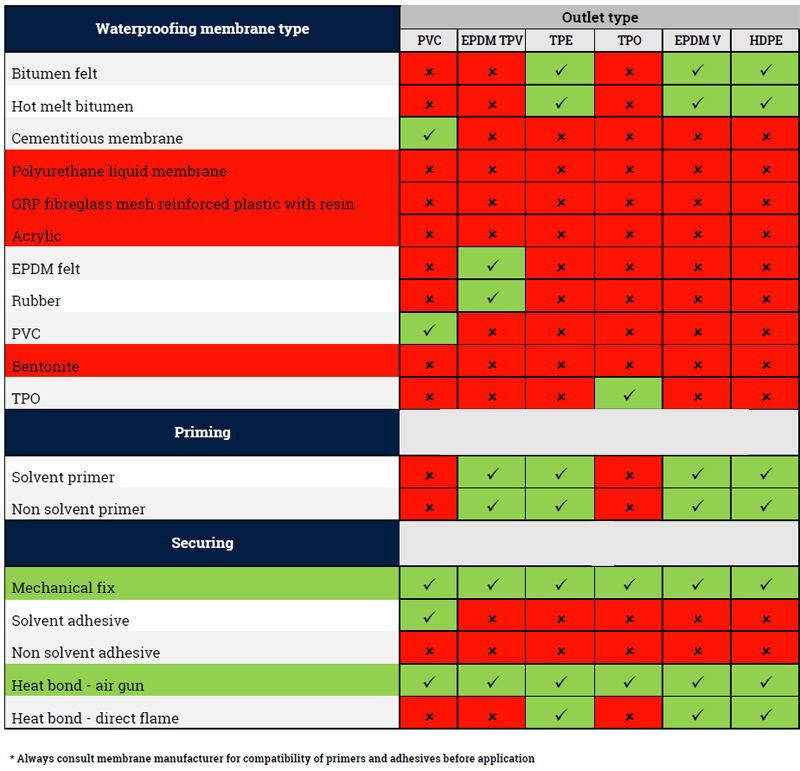- Cities across the world are working to create open spaces and “rewild” their communities, to combat the global loss of nature.
- Rewilding restores an area to its original, uncultivated state and can also incorporate new elements of architectural or landscape design.
- Many of these projects aim to restore biodiversity in an ecosystem, for example by reintroducing animal species.
- This article explores how 8 cities are embracing the challenge of rewilding.
In the midst of a massive, global loss of nature, cities around the world are finding ways to protect and expand open spaces and “rewild” their communities.
Between 2001 and 2017, the United States alone lost 24 million acres of natural area – or the equivalent of nine Grand Canyon national parks – largely due to housing sprawl, agriculture, energy development, and other anthropogenic factors, according to a 2019 Reuters report. Every day, 6,000 acres of open space – parks, forests, farms, grasslands, ranches, streams, and rivers – are converted for other uses.
Rewilding restores an area to its original, uncultivated state, shifting away from the centuries-long practice of controlling and managing nature for human need. It incorporates both the old and the new, allowing wildness to reclaim an area and/or incorporating new elements of architectural or landscape design, like growing greenery on the facades of buildings.
The practice of rewilding is frequently carried out in wild areas; many projects aim to restore biodiversity in an ecosystem, often by reintroducing animal species that are high on the food chain, which in turn stabilizes lower species. One of the most famous cases of rewilding is the reintroduction of wolves to Yellowstone National Park in 1995.
Cities too have begun rewilding; but, although these were spaces were once as wild as Yellowstone, introducing apex predators to New York City or Tokyo might not be the best method for success. Rewilding in urban areas might instead include reintroducing native plant species, building parks on empty lots, incorporating more biophilic design when building new structures, or simply allowing nature to reclaim space. A major draw to rewilding in urban areas is the proven positive impact of nature on human health – particularly for city-dwellers with less access to outdoor spaces.
For the full story, please click here.













